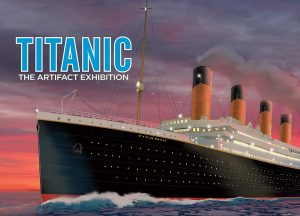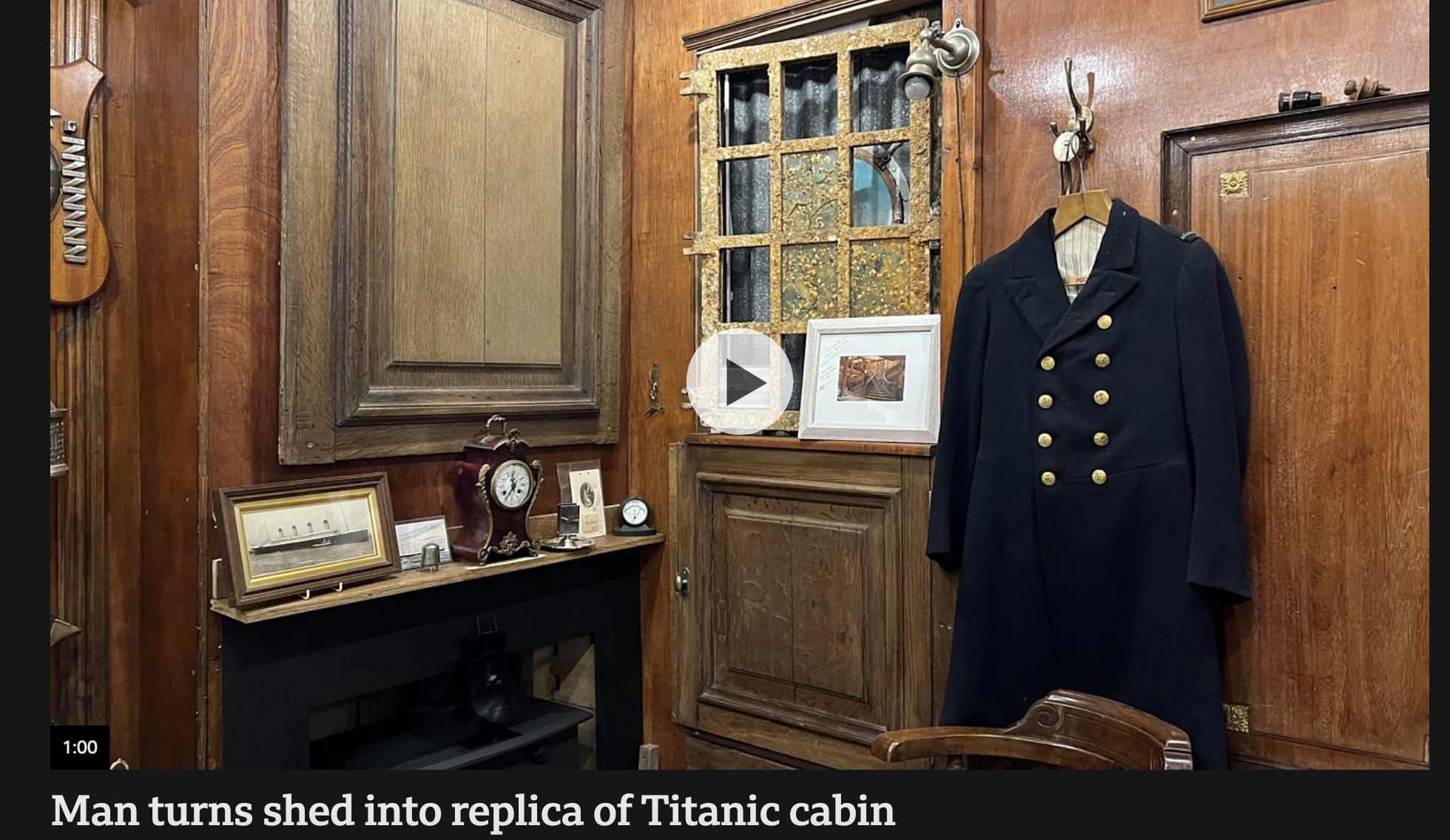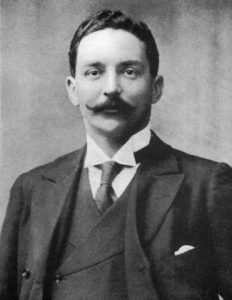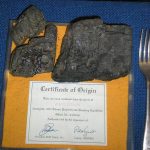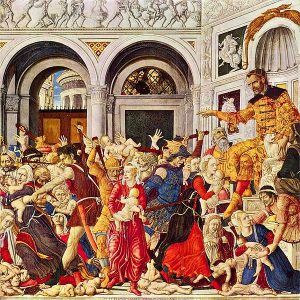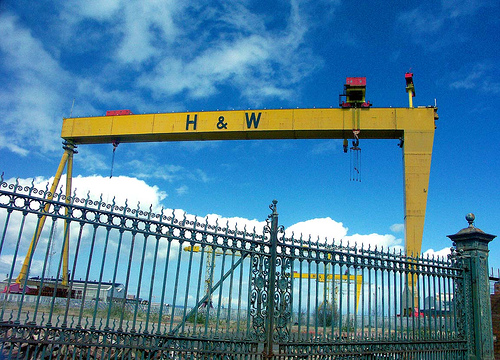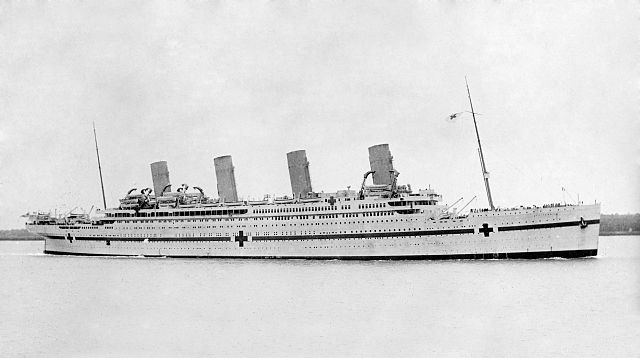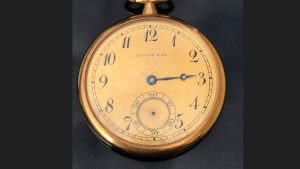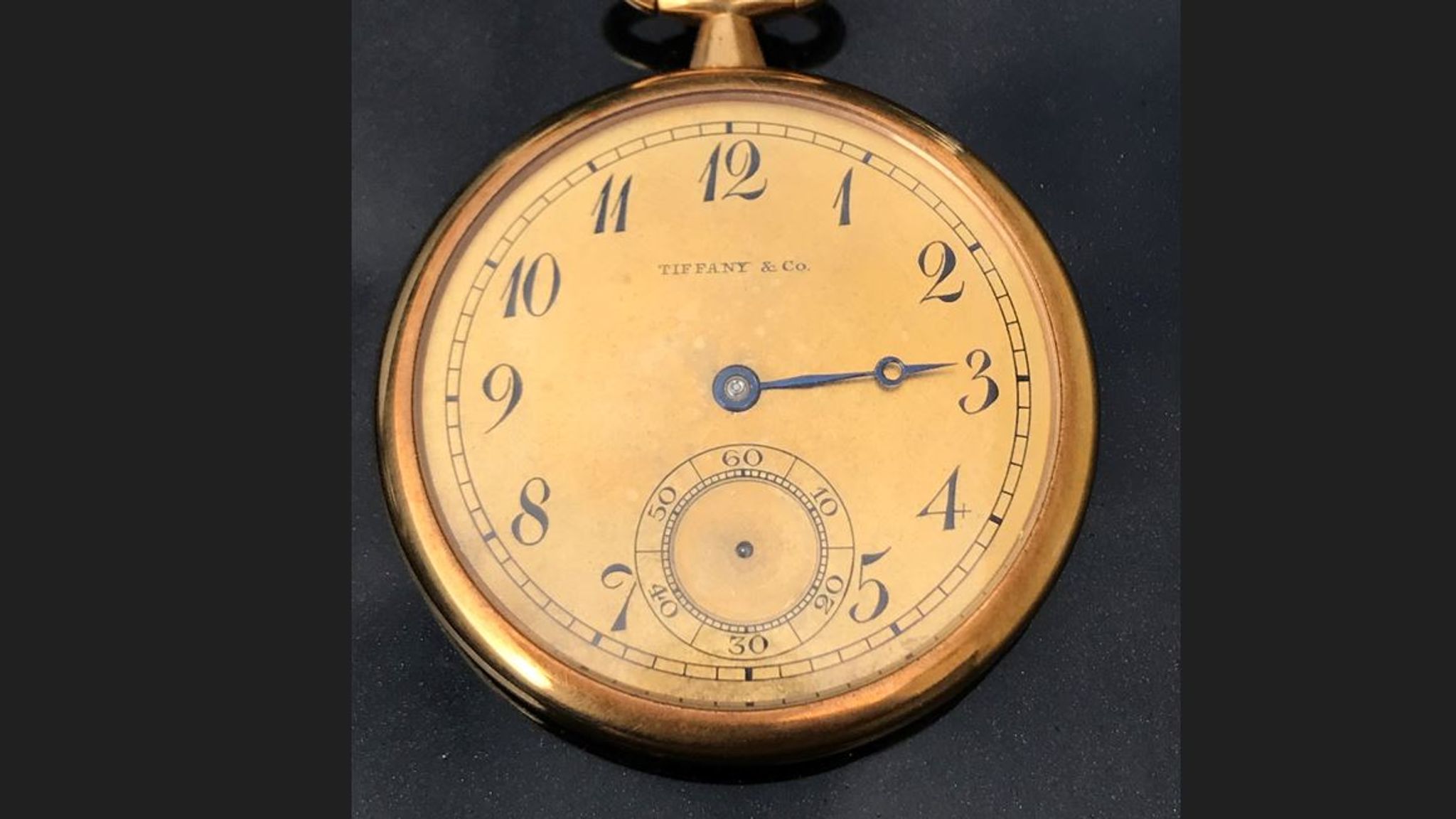[I was unable to post for a few days, so sorry about posting these stories sooner]
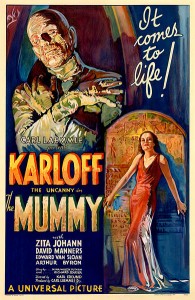
Image:Public Domain
The “Mummy Curse” has bounced around the Internet for ages (and in print before that). Most people know Titanicsank because it hit an iceberg. Not so fast, say the backers of mummy curse. Except of course there was no mummy aboard the ship and the story of a mummy causing problems in the British Museum were all made up. IFL Science explores the topic.
Tom Hale, “The Legend of an ‘Evil Ancient Mummy’ That Sunk the RMS Titanic,” IFLScience, January 20, 2025, https://www.iflscience.com/the-legend-of-an-evil-ancient-mummy-that-sunk-the-rms-titanic-77702.
=
Camden Town (London borough of Camden) is going to become home to a Titanic immersive experience. A group has submitted plans to construct this permanent exhibition, which will be built in a large basement but not change much outside.
Now 113 years later, visitors to?Camden Town will be given the chance to walk in the footsteps of one of the passengers who died in the disaster. Details of a new immersive reality experience based on the tragic sinking – 1,517 people died – have been revealed in planning documents published on the council’s website. Titanic VR:?Echoes From The Past is due to open in a basement site in Camden High Street and aims to give participants the chance to explore the wreck. They will be guided through key events by the character of William H. Harbeck, a filmmaker who died on the Titanic, but shown here searching for mysteriously lost film reels never found in the wreck. It has long been thought that footage that he took on the ship was lost to the sea.
“Titanic Disaster Becomes Live Immersive Experience in Camden Town,” Camden New Journal, last modified January 17, 2025, https://www.camdennewjournal.co.uk/article/titanic-disaster-becomes-live-immersive-experience-in-camden-town.
=

Date Unknown
Image: Titanic Exhibition Centre
The Titanic Exhibition Centre in Belfast is to be closed permanently according to news reports. The centre was used for a number of different exhibitions over the years but suffered damage in recent years from severe storms. Located in the Titanic Quarter, it was a place where many important exhibitions were held. It was opened in 2015. Planned exhibitions have been moved to other venues.
BBC News, “Titanic Exhibition Centre, Belfast, to Shut After Severe Weather Damage,” last modified January 14, 2025, https://www.bbc.com/news/articles/c2k50yd3e1jo.
=
A ‘special gift’: Handmade model of Titanic now part of Staten Island’s Noble Maritime Collection
The Noble Maritime Collection recently hosted a group of Staten Island students to unveil a seven-foot model of the RMS Titanic in the museum’s Navigation Classroom. The large-scale, handmade model was recently donated to the museum by the family of Peter P. Blanchard III (1951-2022), the great-grandson of Henry Clay Frick (1849-1919), whose home and art collection comprise The Frick Collection art museum in Manhattan.
Gracelyn Santos, “A ‘Special Gift’: Handmade Model of Titanic Now Part of Staten Island’s Noble Maritime Collection,” Silive, January 11, 2025, https://www.silive.com/entertainment/2025/01/a-special-gift-handmade-model-of-titanic-now-part-of-staten-islands-noble-maritime-collection.html.
=

Image source: The Abandoned World
TikTok Explorer Claim That Chateau in France Once Owned By Titanic Survivor Is False
According to a TikTok explorer, a chateau in France (abandoned since 2003) lies crumbling away as people are afraid to buy as it is haunted. The castle was owned by Engelhart Cornelius Ostby, who died on Titanic. His daughter Helen did survive, and his body was retrieved and buried here in the United States. The chateau was taken over by his family, but the article is unclear on more details about how it passed out of their ownership. It apparently was bought by an Indonesian businessman, but he abandoned it in 2003 (he owed unpaid property taxes and other things). So, it has sat there slowly disintegrating from the pictures shown. Wallpaper is peeling and other things show its age. Apparently, there has been vandalism to the property. There is some attempt to preserve the castle. As for the ghosts, the story doesn’t quite get deep into it.
Unfortunately, this proves to be false according to Snopes.com. Apparently, this story appeared in 2020 about a mysteriously abandoned secret castle that led many intrepid modern-day explorers to seek it out. The actual castle involved is Chataeu de la Chasseigne which dates back to the 1500s. TikTok Ramy Awad went there in 2022 and recorded a video there claiming it was once owned by Titanic passengers. This was picked up by news media such as the New York Post and others. He specifically told the New York Post it was owned Norwegian businessman Engelhart Cornelius Ostby who died on Titanic. This story was reposted in 2024 and was picked up by newspapers such as The Express again. Snopes asked him to verify his information that this chateau being owned by Ostby. Apparently incensed by Snopes coverage of the Israel-Hamas War, he blocked further contact.
Ostby was certainly a real person and did die on Titanic. Snopes though could not find anything that indicated he or his family had any connection to this chateau. According to Snopes, the Chataeu de la Chasseigne was owned by its family, and nothing connects Ostby to it at all. A great-grandson put it up for sale at the end of the 20th century. Rather than being frozen in time, it has been occupied. In 2005 an Italian couple owned it and added many of the things seen in the pictures. An Indonesian couple purchased it in 2017 and never returned. A non-profit trying to restore the old chateau has asked the French government to seize it if the Indonesian couple are unable or unwilling to give the nonprofit the chateau. The newly updated version by Awad still maintains the connection with Titanic but includes the Indonesian ownership later on. However, since Ostby never owned this chateau, that claim is false. He gets it right about the Indonesian aspect, but the date is off and ignores the Italian couple that owned it 2005.
The only true part of this story is that there is a Chataeu de la Chasseigne currently unoccupied and in decay as the current owner (the Indonesian couple) abandoned it.
Alex Kasprak, “Abandoned Castle ‘Frozen in Time’ After Owner Died on Titanic?,” Snopes, last modified May 13, 2024, https://www.snopes.com/fact-check/engelhart-cornelius-ostby-titanic/.
UK Express story
Emilia Randall, “Inside the ‘haunted’ Castle Abandoned by French Family Who Left for Titanic,” Express.Co.Uk, January 14, 2025, https://www.express.co.uk/news/world/2000129/haunted-castle-abandoned-Ostby-family-titanic.
=
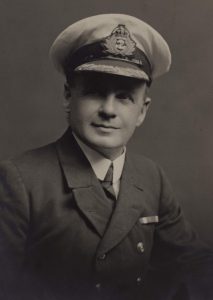
Circa 1920-1930
Public Domain (from Wikimedia)
British Magazine Talks To Author of Lightoller Biography
He was also one of the last to leave the Titanic as it sank in the north Atlantic. He was honoured for his actions in World War One. He and his wife spied on German preparations for World War Two, and he rescued more than a hundred servicemen from the beaches of Dunkirk. ‘He was one heck of a sailor, who grasped life with both hands and relished in challenging the fates; and that life was one of tragedy and perilous adventure. Why there isn’t a film about his life is a mystery,’ says Eccles-based author James Bancroft, who has written a biography of the all-action mariner.
Emily Green, “Charles Lightoller: The Sailor Who Escaped the Titanic,” Great British Life, January 8, 2025, https://www.greatbritishlife.co.uk/magazines/lancashire/24796122.charles-lightoller-sailor-escaped-titanic/
=
Cemetery Titanic Survivor Is Buried Has Garbage Dumped in It
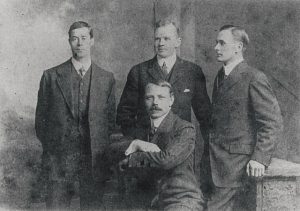
Public Domain via Wikimedia Commons
The cemetery where Titanic survivor Harold Lowe (fifth officer on Titanic) is buried was recently used as a dumping ground for garbage. St Trillo’s Parish Church in Rhos-on-Sea in Conwy County has been used as a cemetery for a long time and is maintained by volunteers according to news reports. According to Reverend Dale, the vicar, someone tossed garbage into the cemetery near where the gravestones are. Some of the debris included a fan, a bag of rubble, and even a mattress, had to be cleaned up by volunteers since the local council does not maintain the cemetery. Reverend Dale noted “I’m disappointed, really.” The dumpers showed “disrespect” to the people buried there and their loved ones who visit their graves.”
Source
David Powell, “Titanic Hero’s Churchyard Targeted by Flytippers,” North Wales Live, last modified January 9, 2025, https://www.dailypost.co.uk/news/north-wales-news/titanic-heros-churchyard-targeted-flytippers-30736816.
Suggested Titanic Reading
Marshall, L. (2019). Sinking of the Titanic: The Greatest Disaster At Sea – Special Edition with Additional Photographs. Independently Published.
Rossignol, K. (2012). Titanic 1912: The Original News Reporting of the Sinking of the Titanic. Createspace Independent Publishing Platform.
Wilson, A. (2012). Shadow of the Titanic: The Extraordinary Stories of Those Who Survived. Simon and Schuster.
Titanic News Channel is a participant in the Amazon Services LLC Associates Program, an affiliate advertising program designed to provide a means for sites to earn advertising fees by advertising and linking to Amazon.com.

 On Friday the U.S. government filed to dismiss its legal challenge with the federal court overseeing the Titanic salvage. RMS Titanic, Inc has stated it has no expeditions planned at this time that would violate federal law governing the wreck. This ends a legal battle that began several years ago when the company wanted to retrieve the Marconi radio from inside the wreck.
On Friday the U.S. government filed to dismiss its legal challenge with the federal court overseeing the Titanic salvage. RMS Titanic, Inc has stated it has no expeditions planned at this time that would violate federal law governing the wreck. This ends a legal battle that began several years ago when the company wanted to retrieve the Marconi radio from inside the wreck.